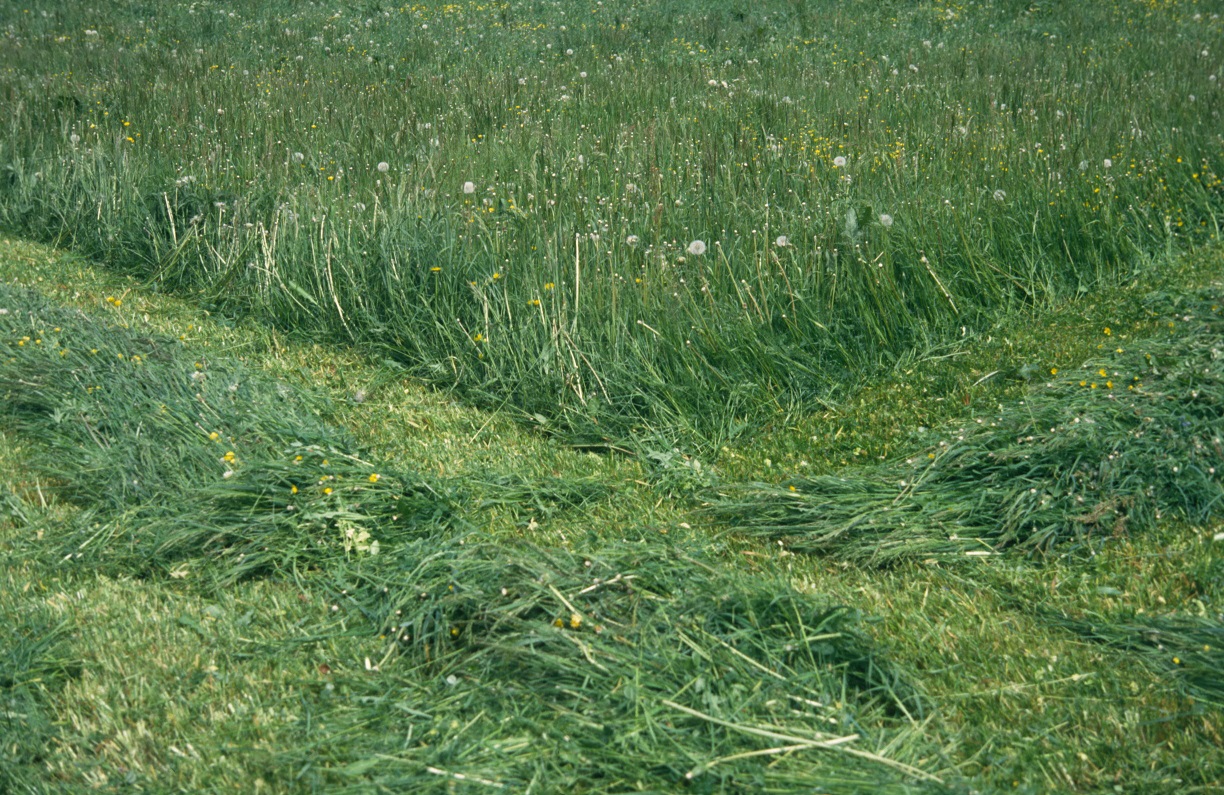Increase in quality and yield: more ingredients (energy and protein, minerals) and quantity yield by introducing high-quality forage grasses and legumes that are adapted to the location and the intensity of cultivation.
Improving grain density: increasing the proportion of undergrasses and species with high regenerative capacity to reduce weed infestation and feed contamination as well as for better load-bearing capacity and resistance to grazing animals and machines.
The ideal reseeding time depends on the location and climatic conditions. In principle, reseeding in spring or late summer is recommended. In order to achieve sustainable results, it is important that the seed mixture is tailored to the respective type of use and that varieties are established that have good endurance, winter hardiness, cutting tolerance and weed suppression.






